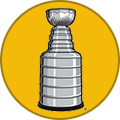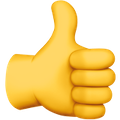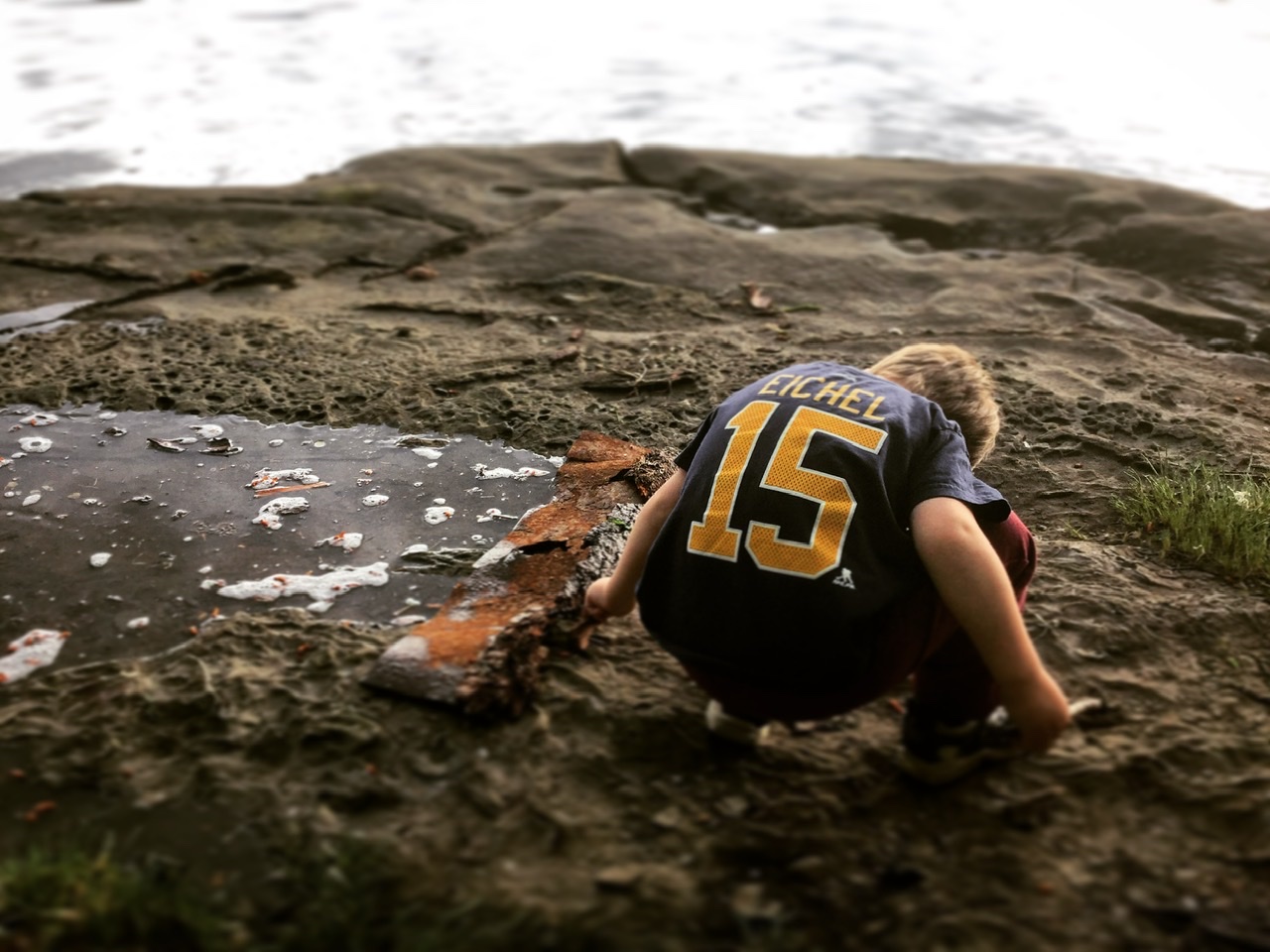-
Posts
31,778 -
Joined
-
Last visited
Content Type
Profiles
Forums
Events
Everything posted by dudacek
-
The Hopium Den: 10 reasons why the Sabres could be better this year
dudacek replied to dudacek's topic in The Aud Club
See this thread works! Even @PerreaultForever is talking about possible success! 🎇 -
NHL suspends players acquitted in 2018 sexual assault trial until Dec. 1
dudacek replied to LGR4GM's topic in The Aud Club
Hart's going to Edmonton. It's inevitable, right? -
Annual tiers ranking is out, with Ras landing in a group of 7 (with Crosby, Eichel, Heiskanen, Hellebuyck, Jack Hughes and Matthew Tkachuk) at the top of the 2nd tier. Tier one: McDavid, Draisaitl, McKinnon, Makar, Barkov, Kucherov, Quinn Hughes, Matthews, Kaprizov and Pastrnak https://www.nytimes.com/athletic/6594913/2025/09/11/nhl-best-players-list-2025-2026-season/ Why he’s here We have been waiting for Dahlin to fully embrace his top-five potential. Our parting words last year were that he had to show the full picture across a full season to return to Tier 2, and that’s exactly what he did in 2024-25. While he started in 2B this year, the insiders rightfully gassed him up to 2A. As one analyst put it, he is an “all-situations, everything player.” Dahlin drives play from the back end. He’s an elite puck retriever who helps shift play from defense to offense. Despite a heavy workload, he makes the Sabres a better team on both ends of the ice. What holds him back most years? His surroundings. “The team he’s on is such a downer, man. They’re so bad,” a coach said. The key is looking through the chaos in Buffalo to see the palm trees. “Dahlin is unbelievably good,” an executive said. “If he wasn’t playing for the Buffalo Sabres, he would be so much more appreciated around the league.” “He shows up, he plays gritty, he lugs the mail, he defends well, he’s mobile, he’s a great skater,” a former player added. “Everything Makar does, this kid does. He just can’t put up 90 points because they f—in’ suck.”
-
Almost certainly, IMO
-
Dahlin is a very good defensive defenceman, among the top 10 percent in the league by most analytical measures.
-
Rivet and Peters sure leaning hard lately into the reasons Tuch shouldn’t be signing in Buffalo. A lot of waffling going on there, but they are hugely pro-Tuch and generally seem skeptical about the report in the OP. Their talk all seems pretty calculated to me. I’m just not sure if it’s driven by an agenda of pushing up Tuch’s value before he signs, or setting the stage for his departure. Peters connections to Tuch and more specifically his agent are strong
-
2025 Prospects Challenge at Harborcenter 9/11-15
dudacek replied to PromoTheRobot's topic in The Aud Club
https://www.nhl.com/sabres/video/leone-after-practice-6379066697112 -
2025 Prospects Challenge at Harborcenter 9/11-15
dudacek replied to PromoTheRobot's topic in The Aud Club
Mrtka boring, Rosen notably thicker and feeling the pressure, Helenius notably cocky in a good way and Leone continues to be one of the most impressive Sabres staffers. All videos from Day 1 https://www.nhl.com/sabres/video/mrtka-after-practice-6379065045112 https://www.nhl.com/sabres/video/rosen-after-practice-6379071644112 https://www.nhl.com/sabres/video/helnius-after-practice-6379073446112 -
The Hopium Den: 10 reasons why the Sabres could be better this year
dudacek replied to dudacek's topic in The Aud Club
More Hopium in terms of this team outperforming projections, from Dom, the numbers guy at the Athletic. Context is betting odds. https://www.nytimes.com/athletic/6616541/2025/09/11/nhl-futures-best-bets-win-totals-why-the-sabres-deserve-more-love/ Point Totals and Playoffs Buffalo Sabres OVER 82.5 Points YES Playoffs (+300) There’s no team I like more in this market than Buffalo. While I completely understand the capitulation around the Sabres going into the year, there’s no way I can even get close to these numbers. After 15 years of stink, it may be hard to see, but I think the Sabres will be closer to the playoff race than the bottom five. I have them around 90 points, which puts their odds of hitting the over at 75 percent. It also makes that +300 to make the playoffs extremely juicy. Buffalo isn’t likely to be the Atlantic’s sixth-best team, but I have them closer to 45 percent. ADVERTISEMENT There are two things that the Sabres have going for them this season compared to last year: youth and improved depth. There should be a fair bit of internal improvement forecasted, given how many players are in their prime or entering it, with Zach Benson being especially intriguing going into the year. On the depth front, the loss of JJ Peterka hurts, but his role can be filled internally via growth and is made up for by the holes that Josh Doan and especially Michael Kesselring fill. On the latter front, it feels like the Sabres’ defensive unit — led by a top-five guy in Rasmus Dahlin — is severely underrated. Ideally, Owen Power takes a big step to become a no-doubt No. 2, but beyond him, Kesselring is a huge improvement over what the team was getting out of Connor Clifton and Jacob Bryson. Combine that with an offense that’s first in goals-per-60 at five-on-five over the last three years, and the Sabres could be legit. If they ever figure out how to turn all of that into a decent power play, look out. Just when everyone has given up on Buffalo, it feels like the team has what it takes to really surprise this year. It’s the classic post-hype breakthrough -
I think Luukkonen is the most important piece in terms of stepping up, but Power and Quinn are neck-and-neck for number 2
-
Says he’s spent a lot of time in the weight room, and with the new strength coach. Feels confident in his body and focused on being better defensively. https://www.nhl.com/sabres/news/buffalo-sabres-owen-power-injury-rehab-partner-michael-kesselring-conor-timmins-brian-galivan-2025-26-season
-
Oh, I agree. I was not so much commenting on your post itself, it just made me think of how much the personalities of individual fans colour their acknowledgement of this.
-
The Hopium Den: 10 reasons why the Sabres could be better this year
dudacek replied to dudacek's topic in The Aud Club
1 Tage Thompson is going to have a monster year Everything I’ve seen on the ice the past few years has convinced me that he is top-tier talent; very few players have his physical gifts and his ability to create his own offence. Everything I’ve seen and heard off the ice this summer is that he is hyper-focused on breaking the drought and making the Olympic team in the process. He’s going to be a game breaker 2 Zach Benson is going to improve the top 6 The analytics don’t lie: Benson tilts the ice no matter who is with or against him. He’s going to keep the puck pointed away from our net and towards theirs in a way others couldn’t. He’s going to do the dirty work of getting to the net, forcing turnovers and making plays in tight the way that others wouldn’t. He’s going to keep the goals against down, do all the little things to make Tage’s life easier and he’s going to start unlocking his offensive skillset in the process. Third season jumps for skilled forwards are a real thing. 3 Josh Norris will be a notable upgrade on Dylan Cozens I’m not going to repeat the excellent work @mjd1001 did on how Cozens was a black hole that swallowed offence and served up chances. ‘Decent’ would be an upgrade in his role, and Norris is better than decent. His shoulder is healthy and the rest of his body is no more at risk than anyone else’s. He’s gonna play and he’s gonna help. 4 Jack Quinn will replace JJ Peterka I’m not sure where it all went wrong for Quinn last year, but track records have to account for something. Quinn was better than Peterka in 2020, 2021, 2022, 2023 and 2024 — both offensively and defensively — before last year saw them switch places. He’s coming in fit and highly motivated, and Peteka’s offensive minutes should be his for the taking. He got 40 points last year playing like *****. He won’t play like ***** this year. 5 Michael Kesselring is exactly what the blue line was missing I’m not sure you could have plucked a more suitable player to match the prototype of what the Sabres were looking for: a big, enthusiastic, right-handed defenceman with good underlying numbers and something to prove, who will play hard and answer the bell. He will provide competence to go along with both depth and edge, and make all three pairs better because the pieces will finally fit. 6 Josh Doan is exactly what the forward ranks were missing I can’t count the number of times Sabrespacers have screamed for a player to forecheck, to back check, to hit, to get to the net, to stick up for his teammates, to work, to care. Josh Doan is all of these things. Whether he’s on the 1st line or the 4th, he’s going to do the dirty work and inspire his teammates to do the same. He’ll be fan favourite by Christmas. 7 Lindy knows the roster and they know him I’m not absolving the coach or the players for the lack of preparation and the piss-poor job they did connecting with each other last year. But this year, there will be no learning curve and no surprises. The coach knows what most of this team is capable of. The pieces that did not fit were ejected. Pieces were acquired to fill what the coach thought his roster lacked. Expectations are firmly in place and plenty of secondary roles are there to be won or lost through internal competition. Ruff’s legacy is on the line. 8 This defence corps is going to create a *****-ton of offence Concern has rightfully been expressed about the Sabres lack of playmakers down the middle, but I’m not sure enough has been said about the embarrassment of playmakers they have on the blue line. Buffalo has FOUR of league’s top 50 point producers at even strength on the blueline: ranking 4, 15, 17 and tied for 40th overall. People are drooling over Montreal getting Dobson. Kesselring matched him point for point at ES and he’s the worst offensively of the Sabres 4. Dahlin is elite and none of the other three have hit their peak. It’s a rare mix and could create nightmares to defend against. 9 The team is going to play better defence We’ve talked a ton about how bad the Sabres were at defence, but not as much about how the roster changes might affect that. Cozens warts have been thoroughly discussed, Peterka had some of the worst defensive underlying numbers in the league, Lafferty sucked, Clifton analytically was one of the league’s least-effective regular defensemen, Jokiharju had no role, and Bryson played too much. Norris, Doan, Danforth, Timmons, Kesselring, and Jones are, respectively, each better at defending than the guy they are replacing. Analytically speaking, Doan, Kesselring and Timmons are actually outright good at it. None of that includes the defensive improvement that usually comes with experience for younger players. 10 The goaltending can’t possibly get worse As a team, the Sabres ranked 29th in S% last year with 89.9%. The previous year, they were 14th with 91.4%. Luukkonen went from 19th in Goals saved above expected (min 10 games) 2 years ago to 60th last year, an 18-goal differential. Levi went from 15th to not qualifying, but he had a similar 18-goal drop. Luukkonen’s save percentage was 12 points below his career average and 23 points worse than his previous year. Levi was 24 points behind his career average. Alex Lyon is a career .902 goaltender, putting up .904 and .896 the past two years on a defensively poor Detroit squad. Historically, these goalies should be better than they were last year.- 66 replies
-
- 11
-

-

-

-
I’m already on record as saying my expectations for this team are for it to be slightly better than last year, but probably not enough for the playoffs. That doesn’t mean there aren’t plenty of reasons to inject hopium for a better result. Here are 10 positive possibilities, none of which are out-of-this-world crazy:
-
2025 Prospects Challenge at Harborcenter 9/11-15
dudacek replied to PromoTheRobot's topic in The Aud Club
I think it’s an Amerks deal -
The psychology of fandom is fascinating stuff. Im curious to see the Venn diagram of people who credit luck in both last-minute wins and last-minute losses.
-
Word on prospect challenge rosters? Development camp was weak and we won’t have the college guys. Zeimer and Richard would have been nice to see, as well as Kleber, Osburn, Strbak and McCarthy Doubt Johnson and Kozak play. Rosen might not either, but he still is a 1st contract guy. But if they play all the 3rd year non-NHL guys, the lineup still could be interesting. Wahlberg Östlund Rosen Neuchev Helenius Nadeau Fiddler-Schultz Kuntar Joshua Kopf Savage Costantini Novikov Mrtka Béliveau Komarov Fulp Bedkowski Laberge Brunet Leinonen Ratzlaff Leenders That’s a pretty old prospect team if they do indeed ice all those former college guys. Helenius is the only junior eligible forward. Guys like Joshua (106 pro games) and Kuntar (124) are only 3rd year pros, but they’re definitely men. Be one of the biggest, toughest lineups the Sabres have ever iced at one of these things.
-
I think it is amazing how much Montreal’s 24/25 season has in common with the Sabres 22/23 season. The Dobson move is the sort of thing Adams failed to do after the Sabres big jump, but I don’t think Montreal, right now on paper, is better than Buffalo. If they prove me wrong, it will be because Demidov, Slavkovsky and some of their other youngsters take a step Power, Cozens, Quinn and other Sabres youngsters haven’t.
-
Of course it is more complicated than just “a chance to win” but I think you are underestimating the propensity of most players to overestimate how close their team is. I don’t get a sense the Sabres current players think they are bad, I think most of them think they should be a playoff team.




